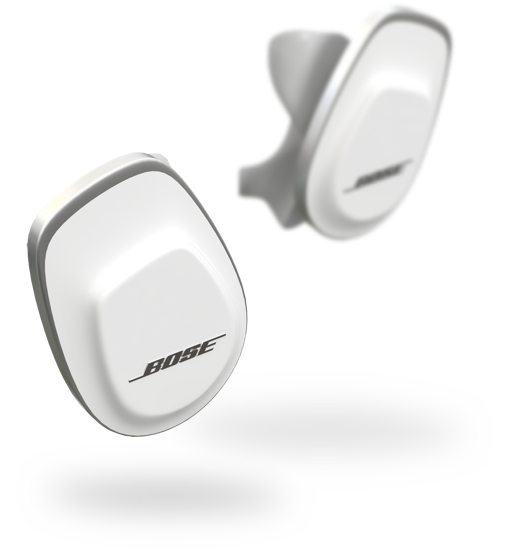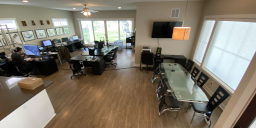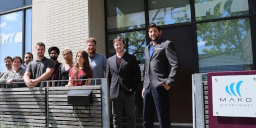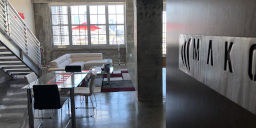Behind every great product design and invention, there is immense creativity behind it. As industrial designers, it’s normal that sometimes you just hit a wall or are in a rut when it comes to channeling creativity to design or solve a problem. These exercises can help you boost your product designs by channeling creativity.
The SCAMPER Method for Industrial Designers
The SCAMPER method was created in the 50s and remains a go-to today for creative professionals like designers. The SCAMPER method helps you look down seven different avenues of thinking to help you solve a problem and look at it in a new light. The seven different techniques are:
- Substitute: This technique focuses on the parts of the product that can be replaced with another. How would the substitution change the product?
- Combine: Look at the benefits or challenges that would come up if you combine your product design with a direct competitor. What about if you combine it with a product that is completely different? This focuses on the idea of merging two ideas together.
- Adapt: Look at adjustments that can be made (big or small) that can make radical changes to the whole project. This technique aims to solve a problem by enhancing an existing product.
- Modify: Can you tweak the approach to the design problem to make it more efficient? What would need to be done to the design for it to serve a different user goal? Our industrial designers often use this approach for product redesign.
- Eliminate: Great designs can sometimes be the most simple. Look at the product and strip it down to the bare minimum. What’s left? How can you use this as a starting point?
- Reverse: Reverse or rearrange the process in the production line to see if this can help you solve problems or produce a better output.
When industrial designers walk their design through this process, new insights can surface to help improve and build your product.
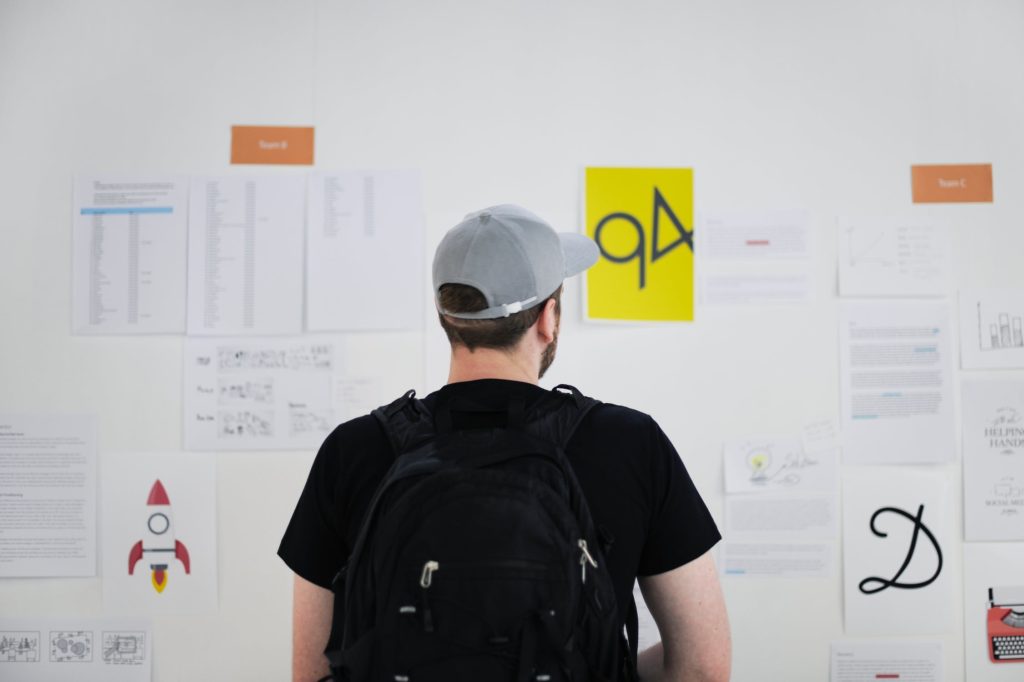
Imagine Your Product is Alive
This sounds completely bizarre, but it can help you see your product in a new light and from a very human perspective. If you’re an industrial designer, first begin by imagining your product as if it were human. Start with a series of questions about your product’s personality like:
- How old would they be?
- Where do they live? Details of their home/apartment?
- What do they do for fun?
- What’s their drink of choice?
Asking questions like this may seem strange, but posing these questions about your product will help you gather insights into how other people might see it. It’ll also help you identify the qualities of the personality of your product and can help with further creativity surrounding it.
Both of these exercises can help harness creativity in product design and help industrial designers look at their products and projects in a new light.
About: MAKO Design + Invent is the original firm providing world-class consumer product development services tailored to startups, small manufacturers, and inventors. Simply put, we are the leading one-stop-shop for developing your physical product from idea to store shelves, all in a high-quality, cost-effective, and timely manner. We operate as one powerhouse 30-person product design team spread across 4 offices to serve you (Austin, Miami, San Francisco, & Toronto). We have full-stack in-house industrial design, mechanical engineering, electrical engineering, patent referral, prototyping, and manufacturing services. To assist our startup and inventor clients, in addition to above, we help with business strategy, product strategy, marketing, and sales/distribution for all consumer product categories. Also, our founder Kevin Mako hosts The Product Startup Podcast, the industry's leading hardware podcast. Check it out for tips, interviews, and best practices for hardware startups, inventors, and product developers. Click HERE to learn more about MAKO Design + Invent!
